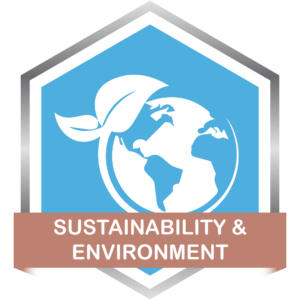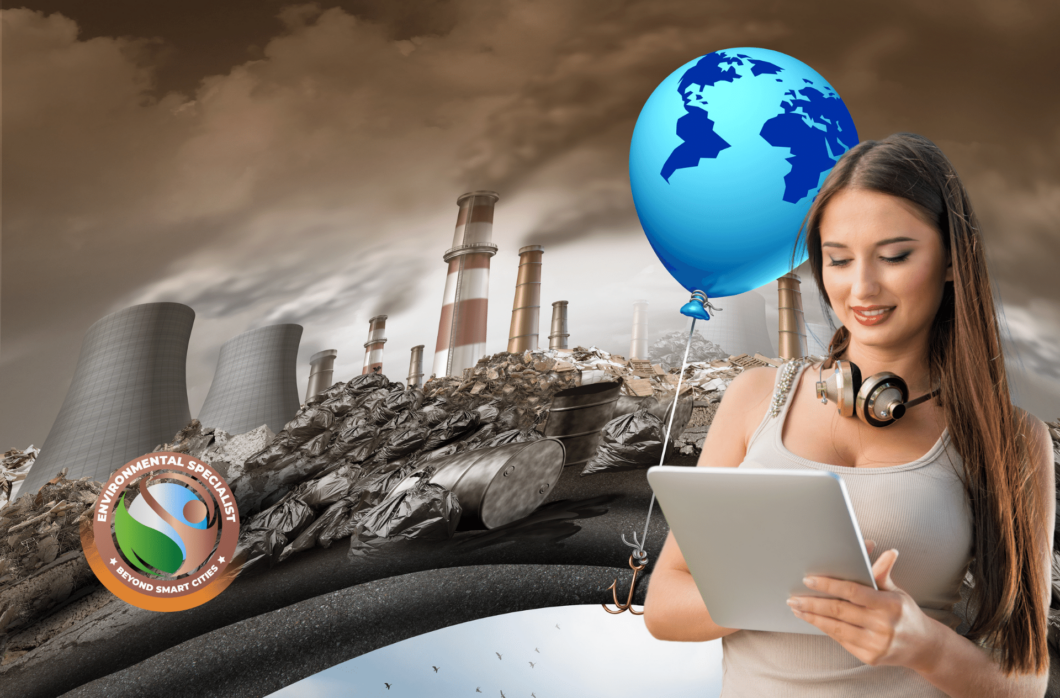Strategic Environmental Assessment – SEA
The Strategic Environmental Assessment (SEA) is a unique effort to provide awareness about environmental issues from the construction, sustainability, infrastructure development, and construction environment management perspectives. It is expected that learners will have a thorough understanding of the issue areas after completing the course.
Environmental science and sustainability courses address the challenge of balancing short-term human needs with the long-term health of environmental systems. Topics include conservation, environmental policy, agriculture, sustainability, pollution, and climate change.
SEA is both a process and a tool for evaluating the effects of proposed policies, plans, and programs on natural resources, social, cultural, and economic conditions, and the institutional setting in which decisions are made. Thus, SEA takes a very broad perspective, encompassing the three dimensions of sustainability as well as institutional concerns.
Because many of the pressures on both the poor and the physical environment are the result of custom, tradition, and institutional factors such as land ownership and management, the focus is intentionally broad. Without an understanding of the social, cultural, economic, and institutional context of resource exploitation, it is impossible to analyze the effects of policies on physical resources.
Krishnaji Pawar, who is an expert on sustainability, put together the Strategic Environmental Assessment (SEA) Training Course.
specialises in developing sustainable design strategies for Green Building Certification Systems (LEED, GSAS, etc.), Energy Management, Energy Efficiency, Energy Audits, Building Commissioning, Environmental Impact Assessments, and Environmental Management Systems.
Learning Objectives:
- Introduction to Strategic Environmental Assessment: SEA, Scope, and Objectives
- Requirements for the SEA
- Legal Framework Standards; International Conventions and Protocols; Specific Environmental Guidelines and Standards
- Project Description and Environmental Baseline
- Environmental Impacts, Mitigation Measures, and Risk Management
- Environmental Management Framework: Roles and Responsibilities
- Statements of Commitments
Key Takeaways
- The Strategic Environmental Assessment (SEA) course was carried out over a half-day session, and the aim of the course was to give the professionals the implementation, development,development and understanding of SEA for any project or development.
- Review the various areas of environmental management and implementation during construction.
- This training programme helps prepare attendees to develop and implement SEA/EIA for Qatar, a MME requirement.
- The MME presentation and a sample copy of the SEA for Qatar’s requirements.
The development of SEA can be categorized into two distinct phases or generations
- First generation, where SEAs were extended EIAs, using the same logic and structure, but focusing on relatively complex (integrated), multi-sectoral programs that are difficult to EIA. The first generation of SEAs used EIA methods to assess and report in the absence of formal SEA procedures. SEA reports were prioritized over mainstreaming.
- Second-generation SEAs prioritize process, sustainability, and capacity development. This methodology emphasizes stakeholder involvement, unlike the first-generation SEAs, which emphasize “technical” analyses and the report.
 This training course on SEA has the dual goals of introducing key concepts and issues that significantly distinguish SEA from other environmental assessment and management tools and at the same time offering a discussion forum on current SEA experiences.
This training course on SEA has the dual goals of introducing key concepts and issues that significantly distinguish SEA from other environmental assessment and management tools and at the same time offering a discussion forum on current SEA experiences.
Both of these goals are intended to be accomplished throughout the duration of the course.
Rather than concentrating solely on a single method or process, the course makes an effort to present an overview of the various approaches that are taken to SEA at the global level.
It does this by guiding participants through the key components that define what constitutes good practice SEA in a variety of contexts. To illustrate a full process SEA, or just some key steps or issues within a SEA, numerous case examples are used.
Strategic Environmental Assessment (SEA) is a promising way to improve planning processes in general and to include environmental factors in policies, plans, and programmes in particular. Many industrialised countries have made SEA a required tool, and developing and transition countries are also becoming more interested in it.
The purpose of the training is to increase the knowledge of national stakeholders, such as government officials, key decision makers, and NGOs, regarding the procedures and benefits of effective implementation of SEA developed in line with the Protocol on SEA. This will be accomplished through the provision of training.

